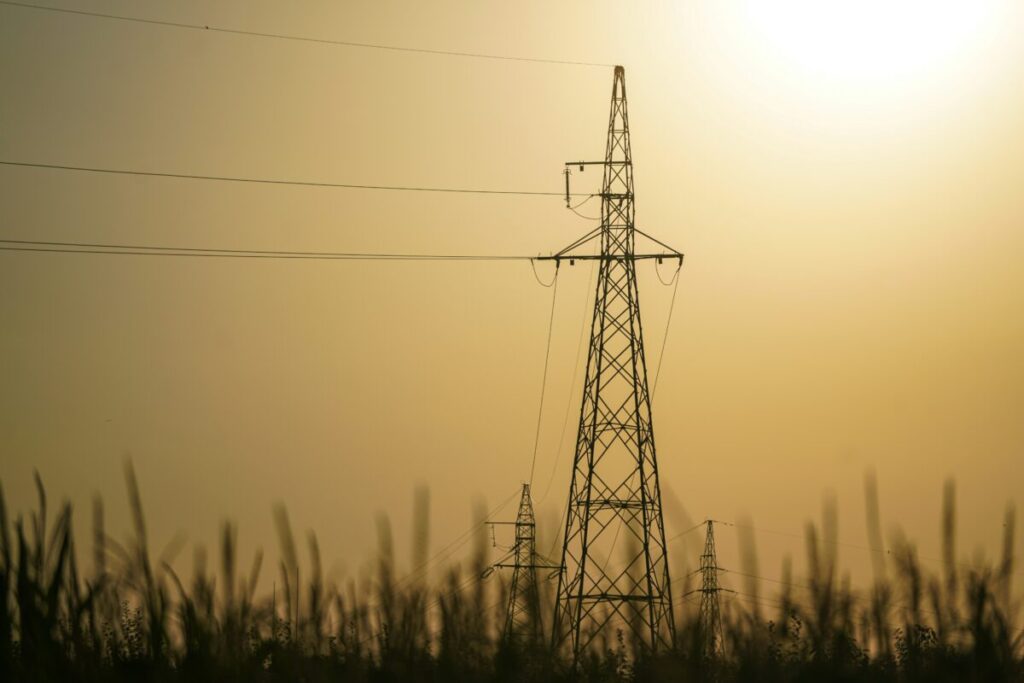UK Energy Regulator ofgem has approved the reforms of the connecting queue for the electricity grid of Great Britain. In the change, 65 GW of solar projects can enter the “Gate 2” connections in the fast “Gate 2” queue. The government reform claims that the reform of renewable energy sources and the implementation of energy storage accelerates and at the same time unlocks GBP 40 billion ($ 53 billion) investment in clean energy and infrastructure.
The queue of Great -Britain will be overhauled in a movement that can unlock the British government claims GBP 40 billion in Cleantech investments. UK Energy Regulator or Gem told PV -Magazine From 65 GW of solar projects it is expected to receive a solid connection offer under the reformed queue system.
The connections in line for the Great Britain grid has grown ten times in the last five years and is an important barrier for the implementation of solar, wind and energy storage. New connection applications were paused by the National Energy System Operator (NESO) on January 29, 2025.
The “TM04+” reform package of Neso gives a greater premium on the willingness to project and the needs of the energy system when allocating grid connections. It represents a clear shift of the method “first, the first served” that previously ruled the queue of the connections.
Now approved by Regulator Vangem, the connection reforms will reorganize the queue to prioritize projects that are both ready and necessary to achieve the goals of the government. The British government has created to clean sources, accounting for 95% of the energy generation of Groot -Britain by 2030. A recent update for the amount of solar energy that the British government expects in the generation mix by 2030 means 65 GW of solar projects in development, an expected offer of 3rs. are focused in government plans.
Changes apply to existing projects in the queue and new applications, which means that so-called “zombie” projects can be erased to make way for viable generation, storage and interconnector projects. Neso and network companies are expected to issue revised connection offers in the second half of 2025, with a first focus on those connecting in 2026 and 2027.
The progress by the queue of the connections will now be determined by a port system that takes into account project willingness. Proposed transmission-connected projects that do not meet new readiness criteria can request a “port 1” indicative connection date and indicative connection point. Developers who meet land rights or requirements for consent requirements can register for “Gate 2”, the high-flowing flow for projects at transmission and distribution level. Gate 2 projects receive a solid connection date.
The change comes when Neso continues to develop its strategic spatial energy plan (SSEP) for Great Britain, expected in 2026. The plan will offer a blueprint for the development of large-scale generation and energy storage. Projects that connect with the SSEP are expected to be easier to secure permission from the planning – which would support a gate 2 -grazing connection
In a press release, Neso Chief Operating Officer Kayte O’Neill said that the system operator will take projects that “critically and scoop ready” for the front of the queue, “give developers the certainty they need to support investment decisions.”
UK Energy Secretary Ed Miliband said that the reforms “Zombie projects will be axy” while they will follow connections for energy generators quickly.
“Our message to the global clean energy industry is clear; come and build it in Britain because we are a safe haven,” said Miliband.
CEO Jonathan Brearly from OFGEM said that the more targeted approach to grid connections is expected to unlock the GBP 40 billion in investments per year.
“The reforms would cut bureaucracy, send ‘zombie projects’ to the past and accelerate renewable power and energy storage connections while we go to 2030,” said Brearly.
This content is protected by copyright and may not be reused. If you want to work with us and reuse part of our content, please contact: editors@pv-magazine.com.

